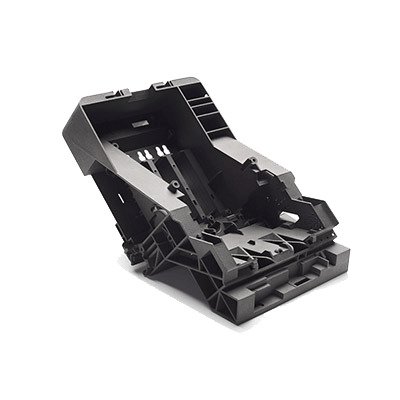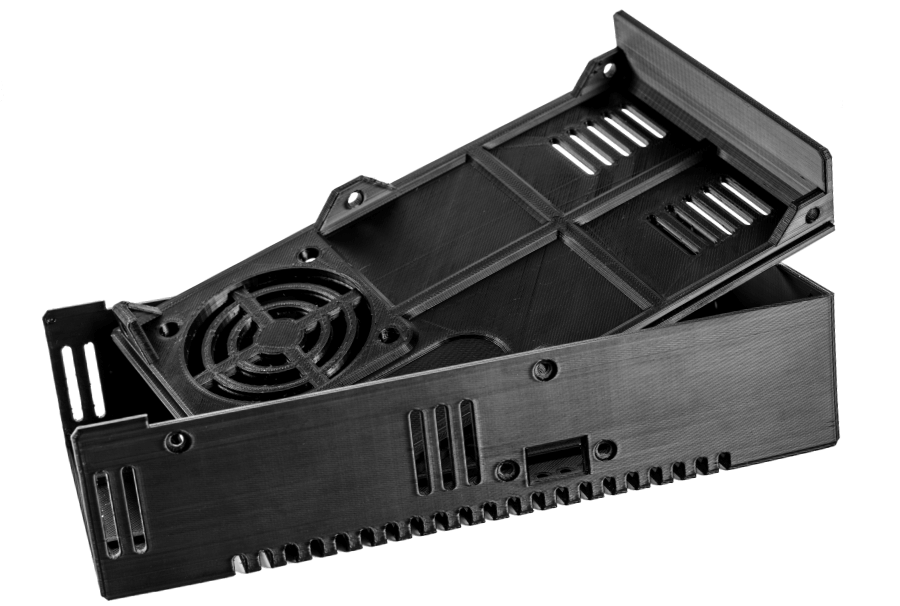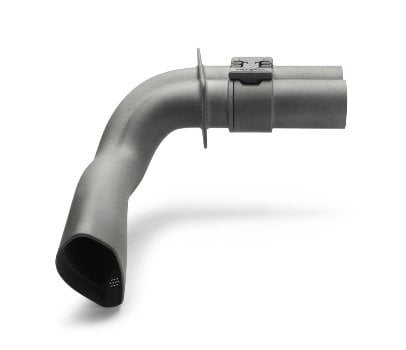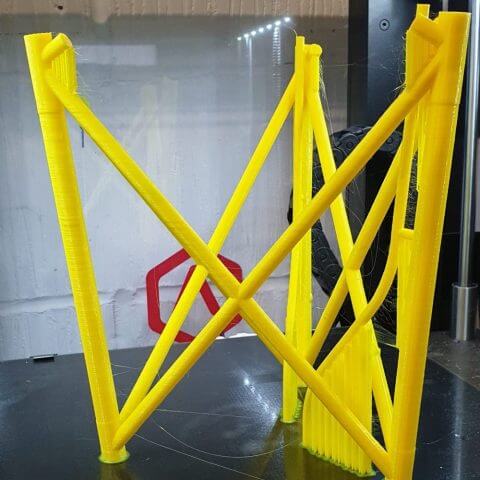3D Printing
MJF vs FDM 3D Printed Parts
What is the main difference?
Fused Deposition Modelling (FDM) works by melting the chosen material, such as the popular options of Acrylonitrile Butadiene Styrene (ABS) and Polylactic Acid (PLA) and layering it on to a print bed through a heated print nozzle. This is done layer by layer, building upwards until the modelling is complete. Multi Jet Fusion (MJF) works by fusing powder layer by layer within a volume of powder until the end result is achieved. A vast range of materials and colours are available for FDM printing, whilst MJF offers core materials such as PA11, PA12, PA12 Glass Bead and PP.
What method is best?
Both processes have their pros and cons with a couple of key benefits which make a huge difference to the end result. FDM printed parts need support material to print overhangs as each layer needs something to build upwards from. After the support structure is removed, the surface sitting on teh support material is usually a slighlty lower quality finish compared to the rest of the part. A MJF printed part doesn’t require support structures at all due to the parts being fully enclosed in powder as they are produced. The MJF process and therefore produce more intricate and detailed prints, making the most of the fine powder that it uses. It’s worth noting that MJF printing makes the best of its large print volume, making it more economical for larger volume print runs.
FDM printers have their advantages too though, for example, if the prints require less detail, or if you are after rapid-prototyping then Fused Deposition Modelling could be the ideal method for you. This method is less expensive for smaller printed parts too. FDM prints can be finished quickly and with a level of accuracy suitable for the majority of applications. Many companies involved in medical, aerospace and automotive markets consistently make use of parts printed using the FDM method
Part Quality
Multi jet Fusion is the perfect method for parts with a range of geometries, detail and structures since the process is not constrained in the same was as FDM. MJF resolution (layer height) is between 70 and 100 microns which is considerably better than the typical 100 to 300 microns or more found in FDM prints. In terms of strength, MJF prints are isotropic meaning a printed part has strength in all directions. FDM printed parts are usually weaker in the z dimension due to the more prominent layering process creating inherrent weakness in one direction. Whilst we recommend tring to design for strength when considering FDM printing, this requirement is largely unnecessary for an MJF print.
Green Credentials
Out of the two processes, the Multi Jet Fusion method has a significantly lower impact on the environment compared to Fused Deposition Modelling method. Around 85% of the material used in the MJF process is recyclable. FDM can waste up to 20% of each print due in part to the necessary support structures that are discarded during the printing process. It is worthwhile noting that while the waste from the FDM method can be recycled, it’s not a cost-effective process unless it is done in bulk. So if an eco-friendly approach is important to you, then a strong consideration should really be given to MJF being the preferred method.
Summary
Fused Deposition Modelling is a proven, time-tested technique with a multitude of different materials and colours available.
- FDM is ideal for small production runs and prototyping due to the lower costs involved.
- FDM can produce strong, functional models albeit with notable ‘printed’ layer lines
- Widely used in many industries for prototyping or functional parts where cosmetic appearance or are less important than managing cost function
- Capable of providing strong, rigid parts with careful design and print parameter considerations
Disadvantages however include:
- Non-isotropic parts result in weaker parts vs those created by Multi Jet Fusion.
- Fused Deposition creates more waste and isn’t as eco-friendly.
- The materials used aren’t cheap to recycle and re-use in future prints.
Multi Jet Fusion is an industry leading 3d printing technology with a range of benefits including:
- Designed for true volume manufacturig of 3d printed end use parts.
- Higher quality finish compared to FDM
- More cost-effective for larger print volumes
- MJF can create complex prints without compromising the strength of the finished product.
The disadvantages include
- Fewer materials available and even less colour options.
- More expensive for smaller batch prduction compared to the equivalent run using the FDM method.
It’s important to note that this article hasn’t been designed to be more biased towards a particular method, it’s merely provided to give you a much clearer understanding of the pros and cons of each method that we use here at Midlands 3D. To discuss your individual needs we would very much encourage you to get in touch with us.

MJF PA12 Nylon 3D Printed Part

FDM ABS 3D Printed Part

MJF PA12 Nylon 3D Printed Part

FDM PLA 3D Printed Part
